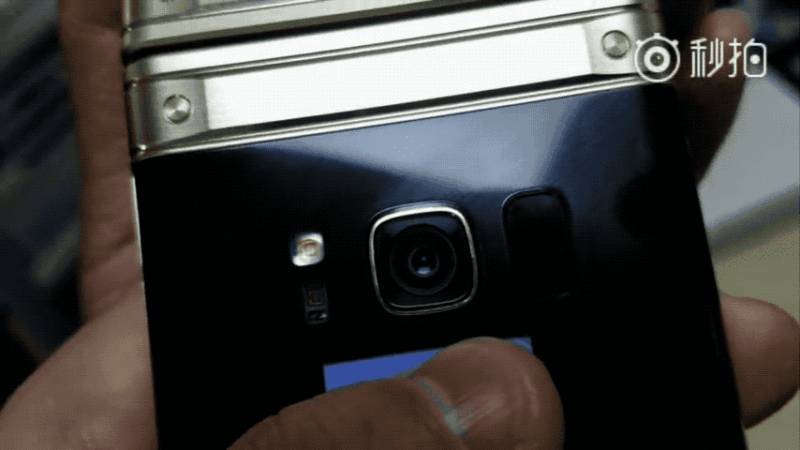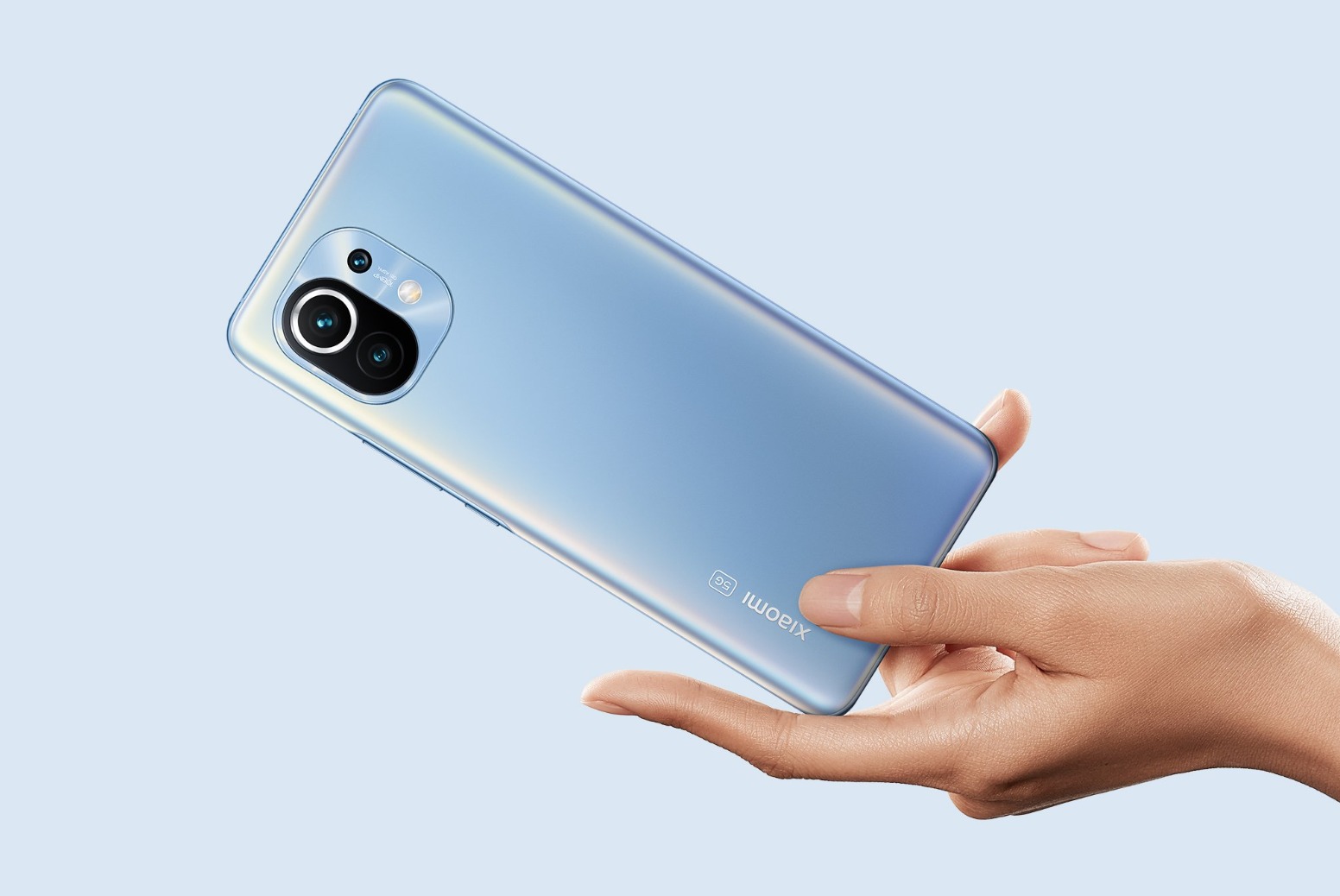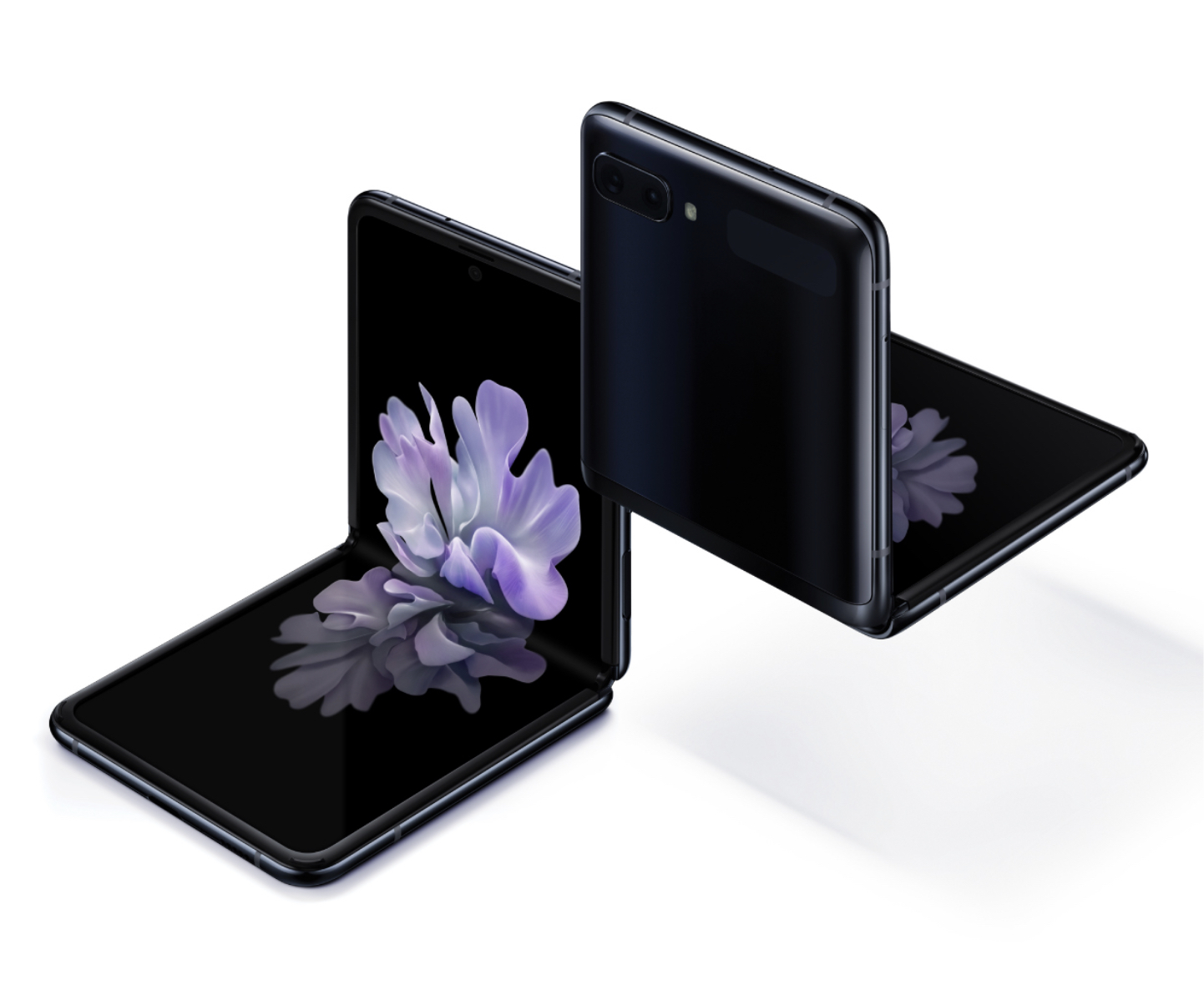Samsung has just taken the wraps of its latest flagship device—the Galaxy S9. The new device may be an incremental update to last year’s beautiful Galaxy S8, but that doesn’t mean it doesn’t have any fancy tech.
The Galaxy S9’s killer feature, and Samsung’s marketing focus is the all-new camera. Only it isn’t new. Samsung has done this before, with its high-end flip phone (available only in China): the W2018.
The W2018 is a premium flip phone that rocks two 4.2-inch Full HD Super AMOLED screens, Snapdragon 835 chip, 6GB of RAM, 64/256GB of storage, USB-C, rear fingerprint sensor and a 2,300mAh battery.
It featured ground-breaking new camera tech, which Samsung surprisingly kept quite mum about.
The new camera innovation is called variable aperture. And make no mistake, variable aperture is a big thing, especially where smartphones are concerned.
The Galaxy S9, as with the W2018, comes with a 12MP rear camera with dual aperture: f/1.5 and f/2.4.
A camera’s aperture is the opening where lights passes through and reaches the camera sensor. How big the opening is measured in f-stops, where a lower f-stop number denotes a bigger opening. This allows more light to hit the sensor. The more light that can reach the sensor, the better the image quality and less noisy an image will be.
In a smartphone, the challenge is always to get as much light as possible through the lens to the sensor, as sensors are comparatively smaller than on most point-and-shoot cameras and DSLRs.
In this case, size matters. The bigger the sensor, the more surface area there is to capture light.
Without a doubt, image sensors have improved by leaps and bounds, and the quality of optics have also been uprated over the years.
Phones like the iPhone X, Samsung Note8 and Huawei Mate 10 Pro feature impressive cameras that shame even some compact cameras.
Now Samsung looks to push the envelope further with its variable aperture camera technology.
So, why have dual aperture?
Pretty simple really. In low-light conditions, you’d want to have the widest aperture you can. In this case, the f/1.5 lens to capture the most light. Having a narrower depth of field also allows you to get more “bokeh,” a current trend amongst smartphone-totting folk.
However, on the flip side, when you shoot in broad daylight and you have a wide aperture, you run a chance of overexposing images. Sure, a lower ISO and fast shutter speeds will help counteract the effects of a wide aperture, but it doesn’t always translate to correctly exposed images. There’s nothing worst than a photo that’s burned out.
Short of using an ND filter as you would on a DSLR (some have ND filters built-in), another option is to have a smaller aperture to limit light entering the sensor.
With the variable aperture system, the Galaxy S9 can switch between the two automatically via software (or manually in Pro mode). The system itself is mechanical, nearly identical to traditional variable aperture cameras.
In theory at least, the new camera innovation should deliver better pictures. Is it a big enough reason to upgrade from the Galaxy S8 though?
For more MWC 2018 updates, visit vernonchan.com/tag/mwc18.
Source: Engadget











